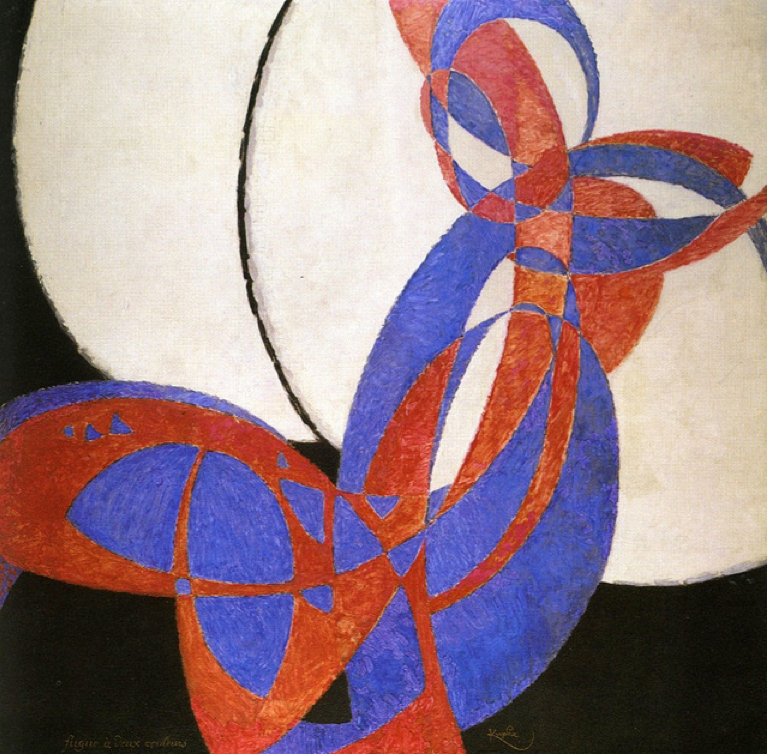Art historian Ernst Gombrich introduced radically new ways of thinking about how our brains perceive art; he argued that images in art don't represent perceived reality so much as they are dependent on what life experiences the viewer brings to the art. As Eric R. Kandel explains in his book, The Age of Insight, Gombrich held that the viewer has to know ahead of time what might be seen in a painting in front of him or her in order really to see what is in the painting.
My reaction to this is: Are titles therefore important when it comes to art? By titling a work, does the artist help guide the viewer in his or her understanding and appreciation of what the artist is trying to say?
All artists, sooner or later, find that giving titles to their work, either two or three dimensional, is a complicated and often difficult aspect of creation. I think that is why, especially now, there are so many "Untitled" works of art. "Untitled" is a neutral statement, indicating almost an unwillingness on the artist's part to enter into further dialogue with the viewer, and implying that the art itself has to speakfor itself and the viewer has to use imagination and effort to find a personal interpretation and meaning in the work.
Robert Morris, Untitled, 1965-71, Mirror glass and wood. Image courtesy of Tate Modern, London
Personally, I find that "Untitled" sometimes does seem the most suitable name for art that is multi-interpretive, if one can coin such a phrase. Often this happens when the subject might be based on reality, but can be viewed as entirely abstract, for example, However, many times, I find that when I am first thinking about a drawing or painting - the "gestation" period - a name will come floating into my mind. This title often helps me define and refine what I am trying to convey in the artwork. I know, for instance, that some artists actually write out or draw out aspects of the planned work, simply to distill the essence of what is important to depict and say in the art. Titles can be part of that process. Many times, too, and here I am thinking of artists such as Titian or Michelangelo and countless others, a commission to the artist starts with a title, in essence - a painting of Saint Sebastian, for example. By definition, the life and fate of that saint are both the subject matter of the art and at least part of its title.Since the art of seeing, whether viewing the world around us, or a work of art, is in essence interpretive, we often need cues and signposts along the way to help us. Titles on artworks help.
I was reminded of this need for cues the other day during an art history class I have started attending. All the images shown on the screen - well chosen and interesting - are without their titles, their size or any date. I suddenly found myself feeling as if a part of the necessary information I was used to had been eliminated. I found I was missing part of the "scene". Even abstract art, where artwork is often in series and numbered, frequently has an initial title and then the numbers within that series. Even that helps!
As an example of titles, from my own work, does a title make a difference to the viewer in this case? Either:
Untitled, silverpoint, Jeannine Cook
Or:
Cedar Remains, silverpoint, Jeannine Cook
I would be interested to learn of people's responses. Another artist who apparently thought about this issue is Mia Leijonstedt, a Finnish-born artist, who has worked with books and now more with jewellery in a most elegant fashion. In a blog entry, Untitled intention of no meaning, she delves into the same issue in thoughtful fashion.






